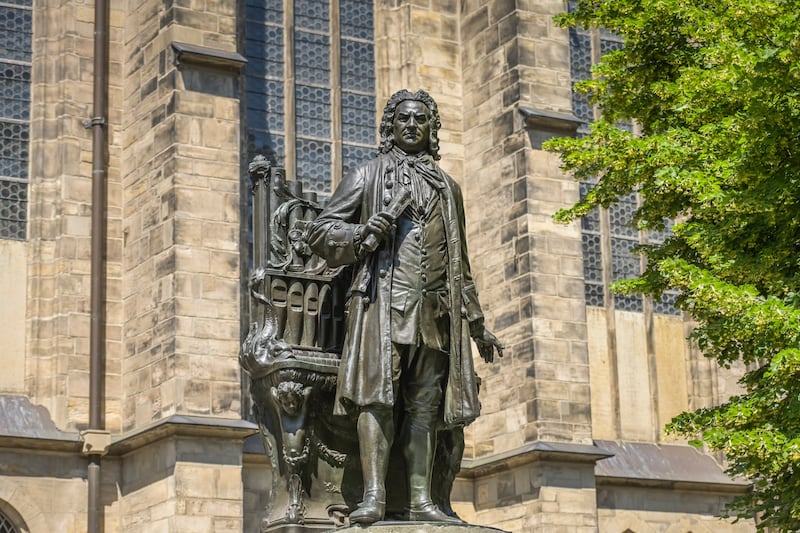On a freezing morning near an industrial site on the outskirts of Brussels, a group of 40 people are hugging Styrofoam cups of coffee and chatting as they take a 10-minute break from their morning training session.
The space behind a deserted parking lot is the training centre for Médecins Sans Frontières, the humanitarian organisation that sends doctors and other professionals to the world’s troublespots to deliver medical care. Brussels is one of the main hubs of the Paris-based agency, providing regular training and induction days for healthcare professionals.
This morning, doctors, nurses, sanitation and other logistical experts from around the world are attending a training-session on Ebola. Many will leave for Liberia and Sierra Leone within the next three days.
“Almost immediately when this crisis began, we were overwhelmed,” explains MSF’s Raphael Piret as he shows me around the centre. “This outbreak of Ebola has been like nothing we have ever seen. Firstly, for the first time the disease has taken hold in a capital city, secondly the population in the three countries that are affected are very mobile, with strong social networks that often spread across national borders.”
The first case of Ebola was identified in 1976, when two parallel outbreaks emerged in the Democratic Republic of Congo Sudan, with the disease taking its name from the Ebola River. While previous outbreaks were contained to rural villages, the current epidemic swiftly spread into cities and across borders. Local burial customs exacerbated the problem. The disease, spread through contact with blood and other bodily fluids of infected persons, can also be transmitted by the deceased who carry the virus in their bodily fluids.
Today, about 40 professionals are gathered for a two-day training session designed to equip them with the skills necessary to fight Ebola. The morning session takes place in a specially constructed tent which recreates an Ebola treatment centre. Inside, the area is divided into high-risk, low-risk and secured zones, with lines clearly demarcating the space where suspected and confirmed patients are kept.
Exposed skin
On entering the tent, the participants begin the laborious process of donning the distinctive yellow protective suit, gloves and goggles that have become synonymous in the public imagination with the fight against Ebola. The process is complex and time-consuming, with participants forced to check and double-check that no skin is exposed. The “buddy” system used by divers has been adopted in Ebola-treatment centres in West
Africa
, with workers obliged to constantly check that their partners are following protocols.
As we move into the treatment section, I join a group comprising three doctors from Peru, Spain and Italy. Though all three have worked for MSF in developing countries and conflict zones before, this is their first experience of Ebola. Larissa is a 34-year-old epidemiologist from Peru. She has previously worked with MSF in Africa, treating patients with TB and HIV. Victor, a 44-year-old Spanish doctor, has worked in Syria, Somalia, Haiti and the Philippines, while Marco, a 35-year-old paediatrician from Rome, has worked with MSF for the last number of years, working in different countries across the world.
Today, the group is learning how to handle Ebola patients for the first time. Their instructor is a young French doctor who has recently returned from working in an Ebola treatment centre in Liberia. The atmosphere is intense and industrious, as the three medics interact with their instructor during the session, asking questions about the process.
She begins by demonstrating how to clean an Ebola patient, using cloths that are soaked in chlorine before being discarded in disinfected bins. In graphic terms, she explains how patients in the throes of the virus need to be cleaned at least every hour. Ideally, volunteers work in teams of three when staff levels permit, she explains – two medics (one known as the “clean” doctor, the other responsible for touching the infected patient) and one hygienist who carries a canister of chlorine-disinfected liquid. After each contact with the patient, the hygienist sprays the gloved hands of the medic who has treated the patient, with the hands held at an angle from the body to lessen the risk of contamination from splashes.
Next on the agenda is a blood-test – a high-risk activity because of the potential exposure to the blood of the infected patient. All the necessary equipment and needles have been prepared in advance before entering the tent, and are held in specially sealed bags by the “clean” medic. Once the blood is extracted, the tube and hands are sprayed with chlorine before the tube is placed in a disinfected bag.
From here, the group moves to the undressing area, one of the most high-risk stages of the Ebola-treatment process.
Experts in sanitation show the medics how to remove each part of their protective clothing in a way that avoids human skin touching the potentially-infected clothing.
When the participants have finally removed and discarded all protective clothing, they exit the tent and break for lunch. Later in the day they will learn about burial techniques; yesterday, they recreated an ambulance journey from the perspective of a suspected victim.
The treatment of Ebola presents particular challenges for MSF volunteers, says Raphael Piret.
“In a normal hospital your priority is the patient. Here it is the opposite. You have to check your own security first, and then the patient’s. It goes against the instincts of a medic.”
The obligatory protective clothing hampers medics from communicating with or touching patients in the normal way. The high mortality rate – between 50 and 90 per cent of Ebola victims will die – is also psychologically challenging for doctors.
Similarly, there are cultural sensitivities around the issue of burial. Due to the high risk of infection, many of the bodies have to be incinerated, a process that is entirely alien to the communities of the victims.
As we talk over lunch, I ask the three colleagues about their motivations for travelling to the regions of West Africa infected by Ebola.
Stigma attached
Victor explains that in Spain there is a stigma among the public, even his family and friends, about travelling to Ebola-infected regions, following the infection of a nurse in Madrid.
Larissa, who has been studying the disease in the Institute of Tropical Medicines in Antwerp, and will spend give weeks in Liberia, says the experience of treating patients is both professionally and personally enriching.
Marco says that it is simply a question of need. “The children in these areas need help, particularly in poor areas. That’s our job as doctors.”
All three concede that six weeks is enough time to spend in the field. Previous trips have taught them that the experience of working in trouble zones is highly intense, and even Marco admits that he is “a little scared”. “That’s why the training is so important,” he explains. As they head back into the training centre, the face of the studied professional returns, as they prepare to learn more about how to fight Ebola.
















